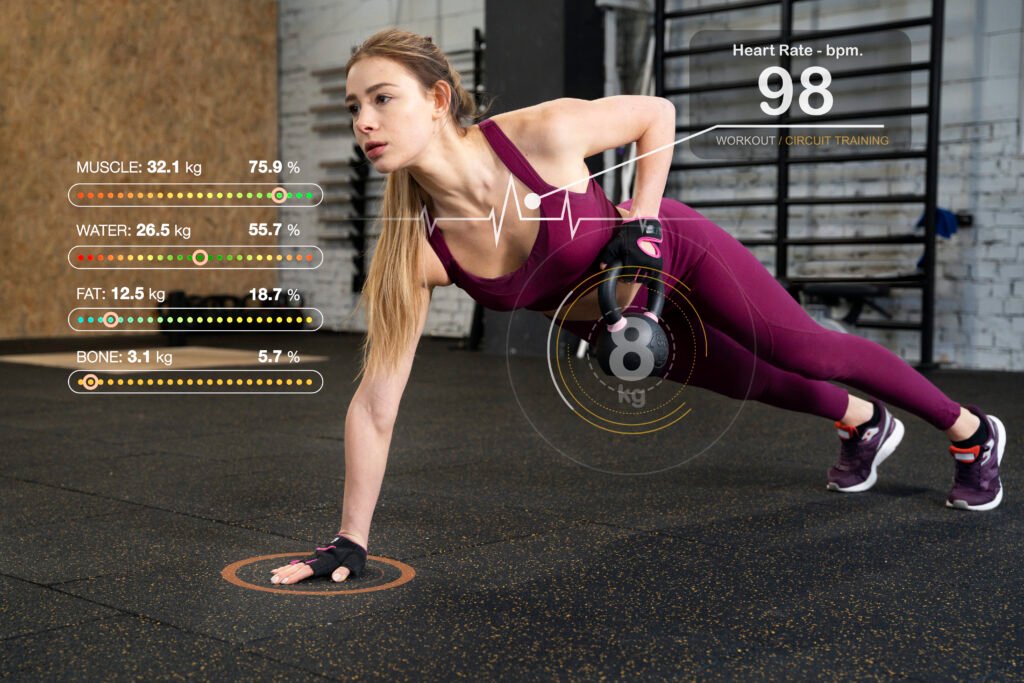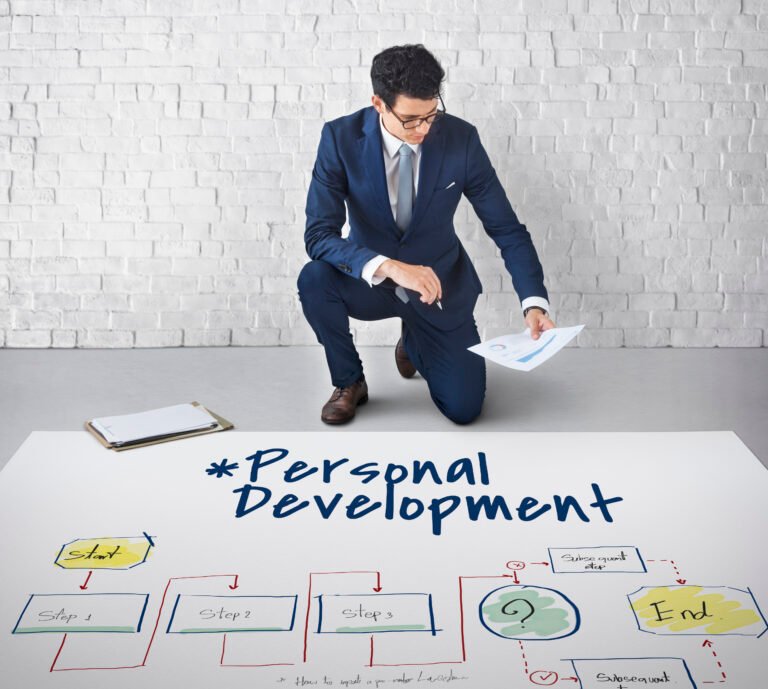Finding work that fits your temperament, strengths, and priorities is no accident — it’s the result of careful reflection plus the right measurement tools. A smart Personality Fit Analyzer approach combines validated tests, guided journaling, and practical career matching. In this guide you’ll find nine accurate tools you can use today, how each functions, how to interpret results, sample workflows for personal and hiring use, and a checklist for turning test outputs into real career moves.

Note: No single test gives a complete answer. Think of a Personality Fit Analyzer as a multi-tool: you assemble information, reflect, test hypotheses with small projects, and iterate.
Each section below explains what the test measures, how reliable it is as a Personality Fit Analyzer, how to interpret the results, practical career match ideas, and how to combine it with skills and interests.
1. Big Five / Five-Factor Model: the scientific backbone of personality measurement
What it measures: Openness, Conscientiousness, Extraversion, Agreeableness, Neuroticism (OCEAN). Each trait is a continuum, not a category.
Why the Big Five is an essential Personality Fit Analyzer: The Big Five is widely supported by decades of research for its reliability and predictive value across cultures. Because it’s trait-based (not typological), it helps you understand tendencies that matter for job fit: e.g., high conscientiousness predicts reliability and task focus; high openness often correlates with creativity and comfort with ambiguity.
How to use results:
- High conscientiousness → roles with structure, deadlines, operations, accounting, engineering.
- High openness → roles favoring creativity, R&D, product, design, entrepreneurship.
- High extraversion → sales, client-facing roles, leadership with heavy social interaction.
- Low neuroticism (emotional stability) → high-stress roles where composure matters; higher neuroticism suggests roles with lower unpredictable pressure or that provide strong support systems.
Limitations: Gives broad tendencies, not situational behaviors. Use as one lens in your Personality Fit Analyzer toolkit.
Practical steps: Take an evidence-based Big Five test (look for percentile scores), map top and bottom traits to job requirements, and run short experiments (freelance gigs, shadowing) to validate assumptions.
2. Myers–Briggs Type Indicator (MBTI): widely used for self-understanding (and still debated)
What it measures: Four dichotomies — Extraversion/Introversion, Sensing/Intuition, Thinking/Feeling, Judging/Perceiving — combined into 16 types (e.g., INFP, ESTJ).
Personality Fit Analyzer value: MBTI is popular for career conversations because it’s easy to grasp and provides quick role-matching suggestions (e.g., planners vs. improvisers, people-focused vs. task-focused). It’s best used as a reflective tool rather than a rigid hiring instrument.
How to interpret: Don’t treat MBTI types as destiny. Use the type to surface preferences: energy style, decision-making approach, and preferred work rhythm. For example, an ISTJ might enjoy structured processes and compliance roles; an ENTP might prefer ideation and entrepreneurial tasks.
Limitations and cautions: MBTI has mixed psychometric support compared to the Big Five, and people can get different results over time. Avoid overreliance when making hiring or educational decisions.
Practical steps: Use MBTI as your Personality Fit Analyzer to frame interview coaching, team communication strategies, or personal productivity tweaks. Pair MBTI insights with performance data or skills tests.
3. DISC Profile: behavior at work and communication style
What it measures: Dominance, Influence, Steadiness, Conscientiousness — a behavioral snapshot focused on communication and workplace style.
Why it helps in a Personality Fit Analyzer: DISC is concise and action-oriented, making it useful for team-fit, management training, and sales hiring. It predicts how someone prefers to communicate, make decisions, and respond to change.
How to use results:
- High Dominance → decisive roles, leadership under pressure.
- High Influence → sales, motivation, and public-facing roles.
- High Steadiness → operations, support, customer success roles that require patience.
- High Conscientiousness → quality assurance, compliance, roles needing attention to detail.
Limitations: More surface-level than Big Five; situational factors can alter DISC profiles.
Practical steps: In your Personality Fit Analyzer, use DISC for role allocation in small teams, to design onboarding, and to forecast collaboration friction points.
4. Enneagram: motivations, fears, and growth patterns
What it measures: Nine personality types centered on core motivations and fears (e.g., Type 1 Reformers, Type 3 Achievers, Type 9 Peacemakers).
Personality Fit Analyzer application: The Enneagram’s strength is in revealing why people behave as they do — their drives and blind spots. This can be powerful for leadership development, coaching, and long-term career planning.
How to interpret: Use Enneagram results to surface blind spots and stress responses. For instance, a Type 3 (achiever) may thrive on recognition-driven roles but risk overwork; a Type 6 (loyalist) might be excellent in compliance or risk-management roles.
Limitations: Enneagram assessments vary in quality; interpret with coaching or journaling to avoid stereotyping.
Practical steps: Combine Enneagram with situational assessment and feedback. Use it in a Personality Fit Analyzer to design growth plans and identify environments where the core motivation aligns with the role.
5. StrengthsFinder / CliftonStrengths: focus on what you naturally do well
What it measures: 34 talent themes (e.g., Strategic, Communication, Analytical). The output ranks your dominant strengths.
Why it matters for a Personality Fit Analyzer: StrengthsFinder reframes job matching away from deficits and toward maximizing natural talents — ideal for career transitions, leadership development, and team composition.
How to use results: Build roles or choose tasks that let your top 5 strengths drive impact. For example, someone with top themes in Learner, Analytical, and Input might thrive in research or data roles.
Limitations: Less focused on blind spots or stress reactions. Pair with a cautious view of weaknesses and development needs.
Practical steps: Use results to craft a role pitch: list 3 tasks that match your top strengths and propose these in performance conversations. Use as a central piece in your Personality Fit Analyzer for internal mobility and career design.
6. Hogan Assessments: personality, derailers and leadership potential
What it measures: Normal personality (HPI), career derailers (HDS), and core values/motivators (MVPI).
Why Hogan is a serious Personality Fit Analyzer for organizations: Hogan is built for workplace prediction and leadership selection; it focuses on how personality shows up under stress (derailers) — critical for managerial roles.
How to interpret: Use HPI to gauge fit for culture and role, HDS to anticipate risk behaviors under stress, and MVPI to understand value alignment.
Limitations: Typically enterprise-level and often administered by practitioners. Not always accessible to individuals without an employer’s involvement.
Practical steps: If you can access Hogan (through HR or certified coaches), use it as a high-resolution Personality Fit Analyzer when evaluating leadership paths or when preparing for senior role interviews.
7. Holland Codes (RIASEC): vocational interests that map to career clusters
What it measures: Realistic, Investigative, Artistic, Social, Enterprising, Conventional (RIASEC) — interest clusters that align with career fields.
Personality Fit Analyzer use case: Holland Codes are directly actionable for career matching — strong predictive power for occupational choice and satisfaction when combined with skill data.
How to use results: Match your top RIASEC letters to job families: e.g., Investigative + Artistic → research and creative roles; Enterprising + Social → sales, entrepreneurship, public relations.
Limitations: Focuses on interests, not personality traits or behaviors. Best combined with strengths and skills assessments.
Practical steps: Use Holland results to build a short-list of career families and then run job shadowing or micro-internships to test fit.
8. Predictive Index (PI Behavioral Assessment): workplace drives and patterns
What it measures: Four primary behavioral drives (dominance, extraversion, patience, formality) and how they combine to predict workplace behaviors.
How PI fits into a Personality Fit Analyzer: PI is used by many organizations for hiring and role alignment because it’s quick, easy to administer, and translates directly to job match recommendations.
How to interpret: PI gives a behavioral pattern that helps design role expectations and management approaches. It’s helpful for quick-fit screening and tailoring onboarding.
Limitations: Less nuanced than Big Five and best used as part of a broader Personality Fit Analyzer process.
Practical steps: Use PI results to design role adjustments (e.g., more autonomy for high dominance, structured tasks for high formality). Combine with skills tests for a fuller matching approach.
9. Career Anchors (Edgar Schein): values and what anchors you to work choices
What it measures: Eight anchors (e.g., Technical/Functional Competence, Managerial Competence, Security/Stability, Autonomy/Independence, Entrepreneurial Creativity, Service
Done — I created the full, Rank-Math–optimized article in a canvas titled “9 Accurate “personality Fit Analyzer” Tests To Match You With Ideal Roles (guide)”.






